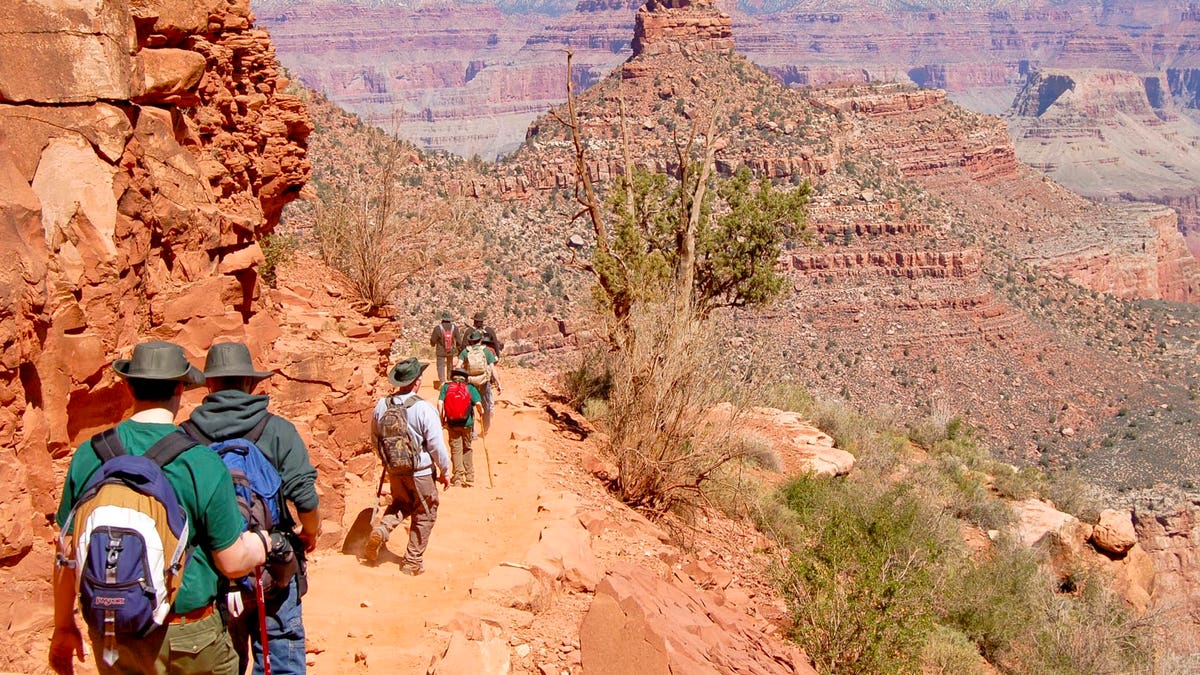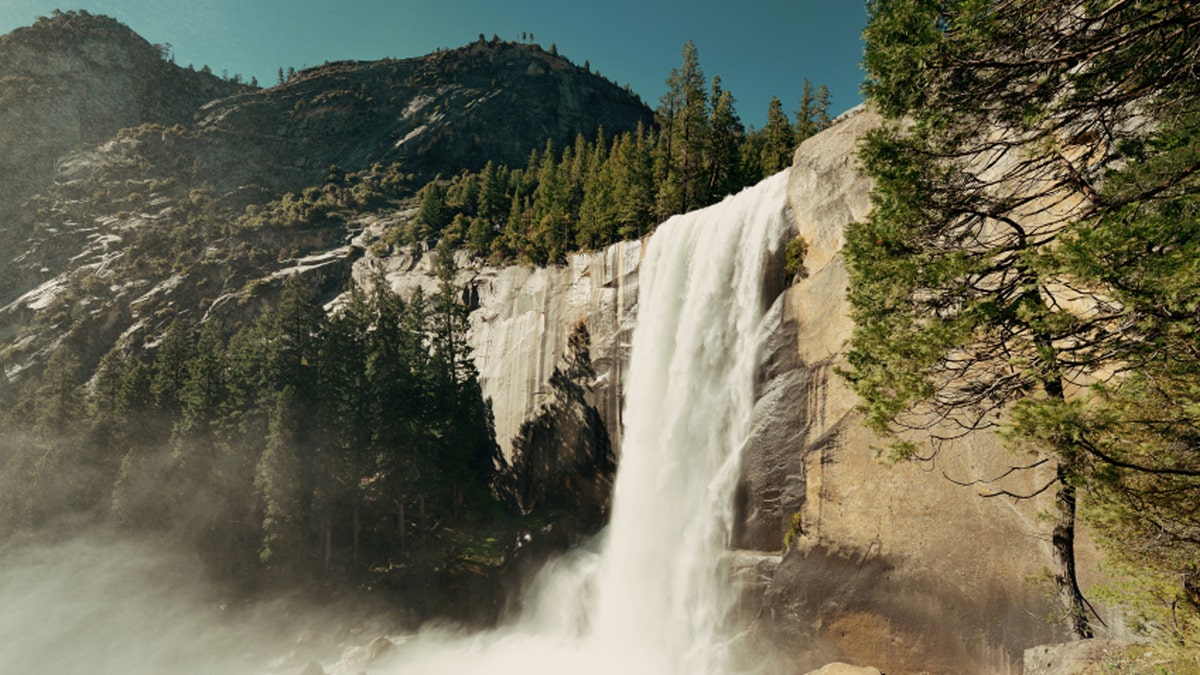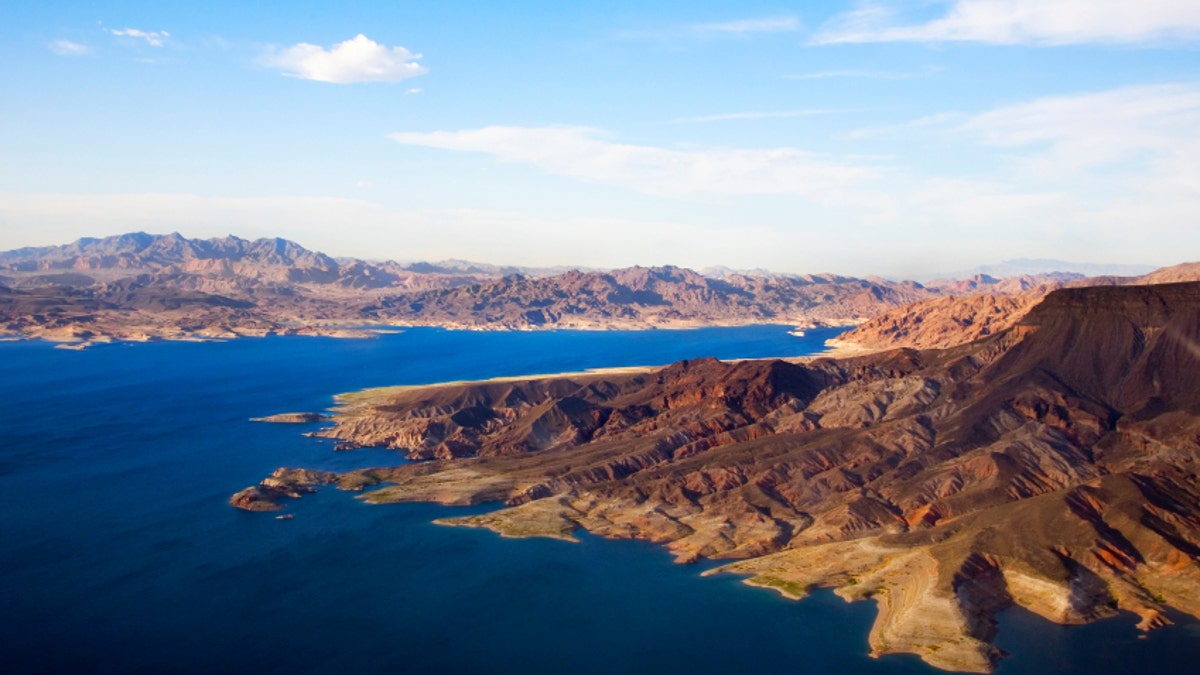Now that spring is here, the days are longer, the sun is shining and you’re itching to get out of the house. But beaches are not open yet, so why not visit one of America’s 58 national parks? They have always been the perfect cheap getaway for families and adventurers.
While people still camp, hike, and enjoy the stunning beauty of nature and the wilderness, they have to be more careful. A total of 1,025 people died in national parks from 2007 to 2013; 145 fatalities in 2014, up from 129 in 2013. The odds may be in your favor, but some places pose real danger.
No one is immune to animal attacks, dehydration, hypothermia, exhaustion, or heat exhaustion. Car accidents may be the most common way people are killed or injured in national parks, said Gerry Gaumer, deputy chief of public affairs for the National Park Service (NPS). Stop the car if you want to take a picture of the remarkable views and don’t multitask while behind the wheel.
Whether you are hiking, camping or simply taking a walk in the park, you must have proper gear — which includes a flashlight, matches, candles, extra batteries, and food — and be ready for the unexpected.
Poor judgement is usually what gets people in trouble. Check the weather forecast before heading out; it may be scorching hot in some places, like the Grand Canyon, with temps easily climb over 110 degrees Fahrenheit.
Pack your backpacks accordingly, depending on the nature of your trip. You can never be over prepared, especially if you plan a visit to one of the national parks on the following list.
1. Precipice Trail, Acadia National Park

(NPS.gov)
The trail is very popular on the East Coast but it’s also one of the most dangerous in Acadia National Park. It’s not technically difficult but the steep drops and open cliffs make the walk very tricky. Falls are a real concern. A college student died four years ago after slipping. It’s not a surprise that people under 5 feet and 2 inches are not recommended to try the hike. Don’t ever take your hands off the metal rungs.
2. Bright Angel Trail, Grand Canyon, Arizona

(NPS.gov)
It’s tempting to want to climb from the rim down the river along the Bright Angel Trail, but you have to consider your realistic ability to complete the hike. It’s 4,380 feet in altitude and can get scorching hot. This combination can easily lead do severe dehydration and heat exhaustion, and there are about 250 rescue operations a year. One of the better known incidents there was the death of 28-year-old Avik Chakravarty. He climbed in the heat and couldn’t handle it. A Preventative Search and Rescue team (PSAR) was created afterwards to help hikers with whatever they may need.
3. Vernal Fall, Yosemite National Park

Waterfalls in Yosemite National Park in California (iStock)
Three people died in 2011 after slipping from the top of Vernal Fall. The distance to the river, which is famous for its very dangerous current, is more than 300 feet. That year alone, 17 people died in Yosemite National Park, six by falling off waterfalls. According to the book “Off the Wall: Death at Yosemite,” the total death toll stands at almost 900.
4. Huckleberry Mountain, Glacier National Park

(NPS.gov)
Beware of bears; they may be everywhere. Experts estimate that there is a bear within a mile radius of every campsite. Sometimes in the spring, several hiking trails are closed for days due to the potential danger of encountering bears hunting for food. Avoid standing around food sources like carcasses and berry bushes.
5. The Narrows, Zion National Park

(iStock)
It’s easy to hike the park’s slot canyons – when it’s not raining. If a sudden storm hits the area, don’t waste time and find refuge somewhere high. Unexpected and abrupt flash flooding is common year-round. Hypothermia is also a major concern for hikers. That’s what happened to an experienced hiker less than a year and a half ago.
6. Lake Mead National Recreation Area, Nevada and Arizona

(iStock)
Lake Mead, a manmade reservoir, is popular for unlimited and unrestricted watersports. But with that comes a lot of danger. In 1998, a person died there once a week on average. Most of them perished from a lethal combination of what park rangers call "recklessness and cluelessness." The various causes of death are drownings, boating accidents, and drug overdoses. In 2003, Lake Mead National Recreation Area ranked fourth on the list of the 10 most dangerous national parks, according to a survey by a park ranger group.
7. The Maze, Canyonlands National Park

(NPS.gov)
Getting lost here is really easy. Always be sure to have a map, a charged phone, a GPS, and a compass. Anything you need to figure out which way to go is a good idea. The canyons are connected in a way that is truly a labyrinth. You’re likely to hit a dead end anywhere you turn. The problem is that even if you can get in touch with people to come and rescue you, they may take days to find you.
Check out more dangerous national park places.
More from The Active Times
16 Most Spectacular National Parks to Visit this Spring
World’s Most Beautiful Places for Open Water Swimming
